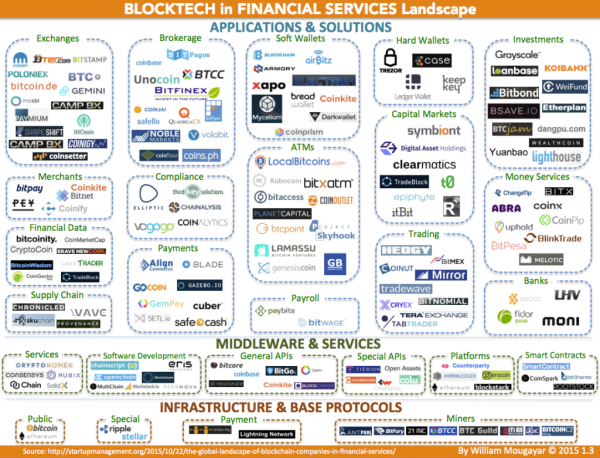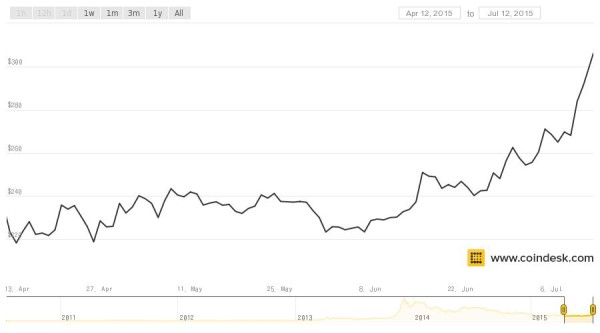Our portfolio company CircleUp is a marketplace where consumer goods companies raise equity capital from accredited investors. CircleUp is a registered broker dealer and does all of this in full compliance with securities laws. Over the past few years, CircleUp has helped 113 consumer goods companies raise over $130mm and they are growing quite rapidly now as entrepreneurs who are building consumer goods companies increasingly understand the value of raising in a marketplace model vs the old fashioned “knock on doors” model.
I think the growth rate will accelerate in the coming months as CircleUp launched a secondary market last week they called Rights+. First a bit about the importance of secondary markets and then I’ll talk about what makes Rights+ different from other secondary markets.
One of the big challenges for investors in private markets is the securities we buy are illiquid. That means most of the time we will need to hold the investment until “maturity” whatever that is. And in early stage investing, that can often be 5-10 years (or more). If you suddenly have a need for cash, you can’t easily sell your angel investments. If you think the company is being managed badly, you can’t easily sell your angel investment. So the illiquidity significantly increases the risk of an private investment vs a public market investment. If, on the other hand, you could easily sell your angel investment (at a loss or a gain) if you needed to raise cash or if you lost confidence in the management, I believe the market for angel and early stage investing would grow significantly. Lower the risk of illiquid early stage investing and you will see a lot more people interested in doing it and you will see the ones who are doing it allocate a larger portion of their investment capital to it.
When we invested in CircleUp back in May of 2013, I asked Rory and Ryan “when are you going to launch a secondary market?” I’ve always thought that the key to making a marketplace model work in early stage investing is the ability to easily do secondaries. And now, roughly two years later, they have done it.
Why did they take so long? Well there have been a number of problems with secondaries in the early stage market. First and foremost, the companies themselves don’t generally like the idea that their investors are selling in the secondary market. So they do all sorts of things to prevent it. And second, investors who buy a secondary often get no rights that come along with the securities they buy. In particular, they have no rights to information from the company to ascertain how the investment is doing.
So CircleUp decided to fix those things as part of their secondary market. CircleUp’s CEO Ryan told me this via email last week:
CircleUp Rights+ rights give investors the ability to sell shares early – including through the CircleUp marketplace. We’ve standardized the rights (transfer rights & information rights) to streamline the process. A key difference between this and previous secondary marketplaces is that it is fully integrated with the primary investments. Thus the companies themselves are actively giving these rights, which we think is key to success.
So when you decide to buy in an offering on CircleUp, you can see if the company is offering transfer rights. You can decide, for example, to only buy into offerings where there are transfer rights being offered. And you can sell these securities on CircleUp if you so wish.
This is a great thing for CircleUp, for the entrepreneurs who choose to raise capital on CircleUp, and for the investors who invest capital on CircleUp. And this shows others the path to creating a truly vibrant marketplace for private equity capital.
Broker dealer+accredited investors+marketplace+information rights+transfer rights=a vibrant marketplace for early stage equity capital
It would be nice for the accredited investor requirement to go away for smaller investment amounts so that this model could be opened up for all investors. Then we would really have something transformative. And maybe I would be out of business 🙂


